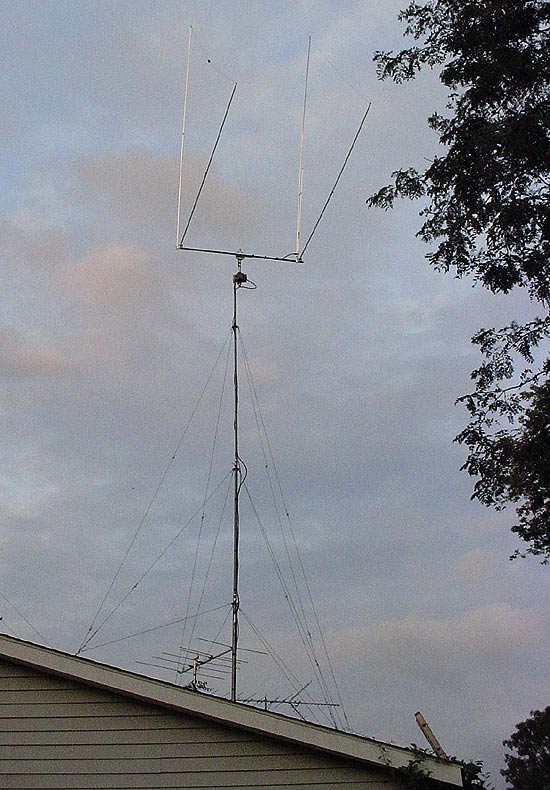I LIKE MUSIC
Super Member
Below is a simple picture of the NEC requirements for grounding an outside. Those that install an outside antenna may go from not grounding at all to meeting the NEC requirements. Some local authorities may have more stringent regulations.

Note the requirement to connect the separate antenna ground to the AC mains service entrance ground and the use of a grounding block (with its own separate ground connection) in the antenna feed line.
The length and number of ground rods can depend on the conductivity of the the soil and one's take on risk management. The picture below shows in a generic manner how the ground (earth) resistance can very with the length of the ground rod. Note that for average soil (the dotted line) the resistance for a 4 ft ground round may be as high as 140 Ohms and drops to about 45 Ohms for an 8 ft ground rod.
Note that this is DC resistance. It becomes somewhat more involved with higher frequency currents such as the fast rise time of an lightning induced surge voltage (spike).


Note the requirement to connect the separate antenna ground to the AC mains service entrance ground and the use of a grounding block (with its own separate ground connection) in the antenna feed line.
The length and number of ground rods can depend on the conductivity of the the soil and one's take on risk management. The picture below shows in a generic manner how the ground (earth) resistance can very with the length of the ground rod. Note that for average soil (the dotted line) the resistance for a 4 ft ground round may be as high as 140 Ohms and drops to about 45 Ohms for an 8 ft ground rod.
Note that this is DC resistance. It becomes somewhat more involved with higher frequency currents such as the fast rise time of an lightning induced surge voltage (spike).







